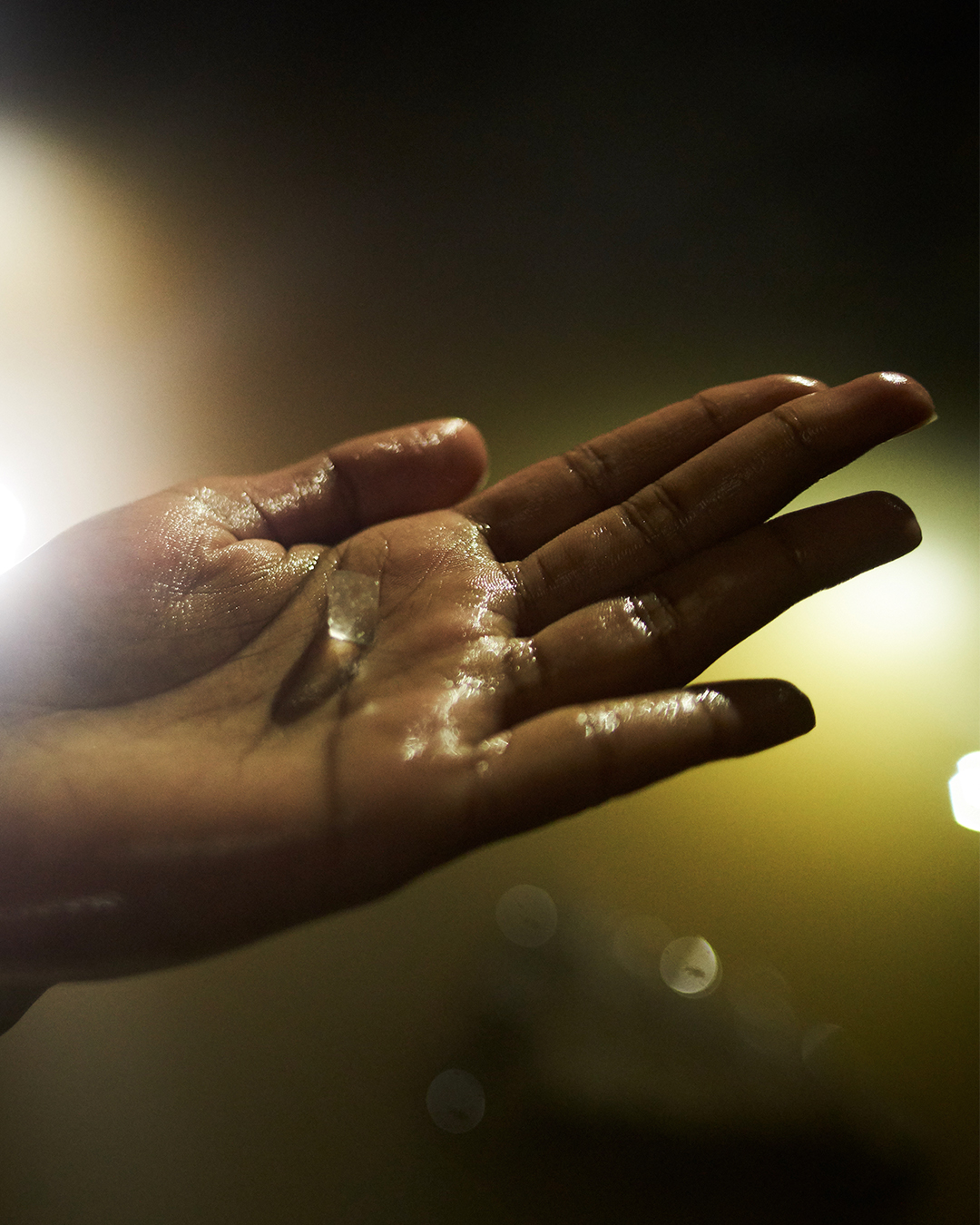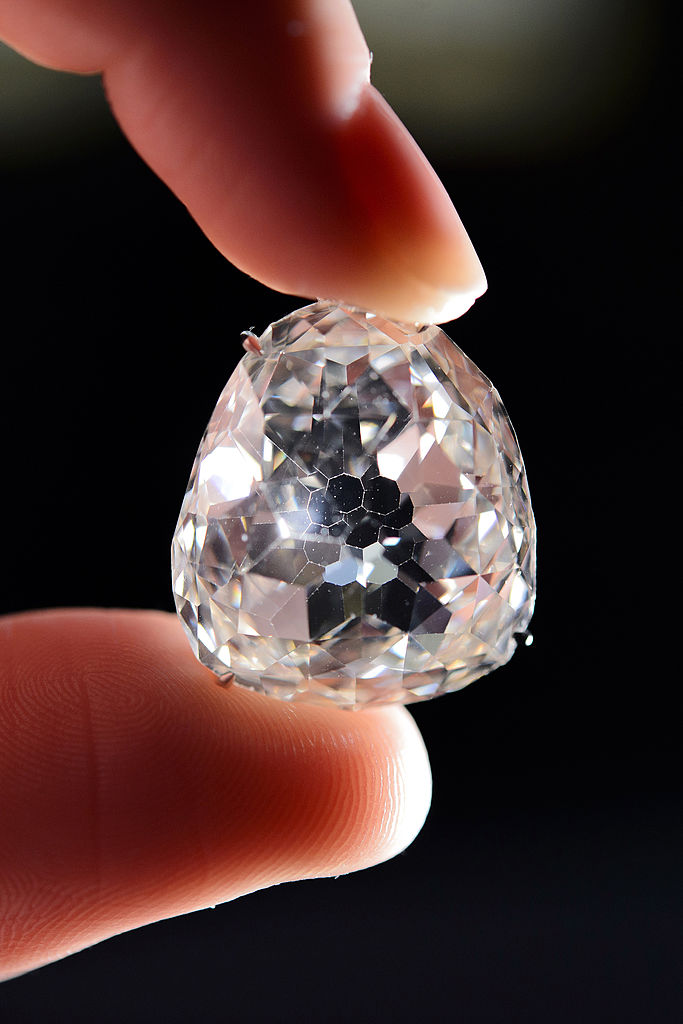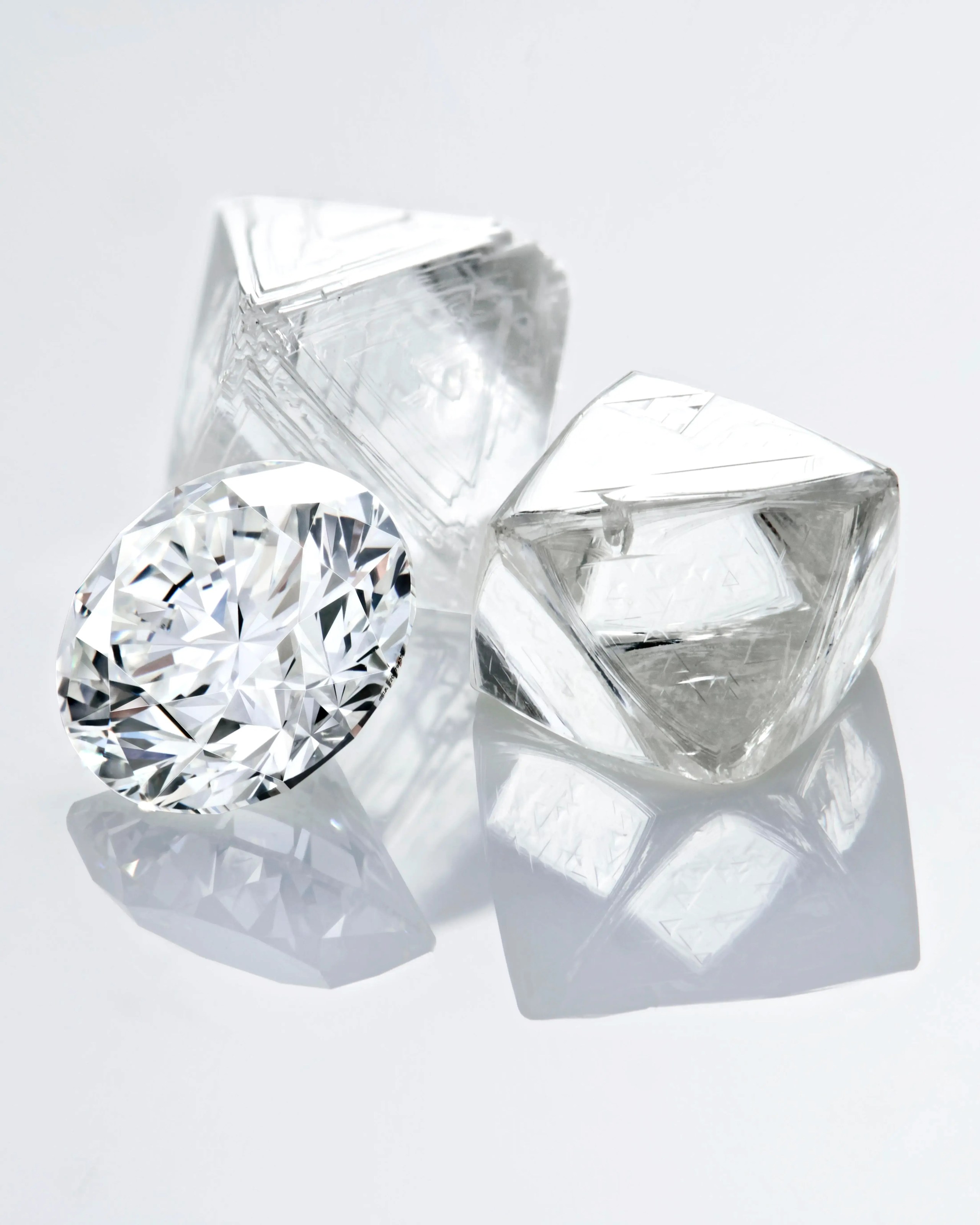A Brief History of Natural Diamonds: From Formation to Today
From formation to fine jewelry, natural diamonds have come a long way to become the world’s most valued heirloom.
About three billion years ago, a unique and extraordinary process began that would one day deliver the pristine, one-of-a-kind relics––be it the diamond engagement ring, diamond stud earrings, or diamond pendant you cherish today. Extreme heat, pressure, and the perfect storm of circumstance is how the diamond journey began some 100 miles deep within the earth. When natural diamonds formed, there was no life on earth, making a natural diamond likely the oldest thing you will ever touch, let alone own.
When and where were natural diamonds first discovered?

No one knows exactly who discovered the very first diamond or the first diamond itself. It could be on your finger right now. However, we know that humans first discovered natural diamonds in caves in India nearly 4,000 years ago. Still, billions of years had passed from when they were formed to this pivotal moment of discovery. Most diamonds made their way toward the earth’s surface via ancient volcanoes. As the volcanoes blasted toward the surface, diamonds in their path were trapped in the magma and transported to the surface.
Without these volcanoes, which erupted millions of years ago, diamonds would have stayed hidden deep within the earth where they formed, never to be found. Most natural diamonds are found in the remanence of these ancient, underground volcanic pipes, while others have migrated through millions of years of erosion. After humans first discovered diamonds, they were immediately captivated and bewildered by their unique properties. A natural diamond’s brilliance and unwillingness to be cut and shaped led people to believe they must have come from the gods. These rough, unpolished, and uncut diamonds were a remarkable find and quickly made their way on trade routes to Europe and China, where they became symbols of status and power among kings and queens. India remained the only source of natural diamonds for over a thousand years.
A rough diamond imbedded in volcanic rock.
Why are diamonds
linked to love?
The folklore around natural diamonds grew and grew. The diamond’s extreme strength and unique physical properties immediately tied them to power and protection, making them worn mainly by royalty who believed they offered invincibility. The word ‘diamond’ comes from the Greeks, who named the stone ‘adamas,’ meaning unbreakable or unalterable. The only other thing believed to be unbreakable was love, which is the beginning of our association with diamonds as gifts of love. Even the Romans believed Cupid’s arrows were tipped in diamonds as they were integral to falling in love.
When were
diamonds first cut?

Because natural diamonds are the hardest natural materials on earth, their cutting, shaping, and polishing weren’t possible for hundreds of years after their discovery. The first diamond-cutting techniques began in the 14th Century and were initially very primitive. It wasn’t until the 20th Century that we were able to cut and shape diamonds with the precision we know today, and even still, the process is still done almost entirely by hand by skilled artisans.
What was the first diamond engagement ring?
One of the most pivotal moments in diamond history occurred not long after diamond cutting began. In 1477, famous European royalty, Archduke Maximilian of Austria, proposed to his love, Mary of Burgundy, with what is known as the first diamond engagement ring proposal. The idea of an engagement period before marriage was relatively new, as the Pope of that time had only recently suggested it. Maximilian wanted to symbolize his love and make the engagement known with the gem that had embodied love and endurance since its discovery. This rare gem began to take on a stronger identity that stood for commitment, romance, and everlasting love as the tradition for diamond engagement rings spread like wildfire around the world.
Today, natural diamonds continue to be a timeless and enduring symbol of love, strength, and pure, all-natural beauty. Over the millennia, diamonds have entered almost every part of our culture, from music to movies, fashion, and relationships. They have come to mark life’s important milestones, represent success, and show our love as only a natural miracle of nature could do. Each one is as unique as you are. As heirlooms often passed on through generations, they represent a history that can be traced billions of years back to the deepest corners of the earth, where it all began.

